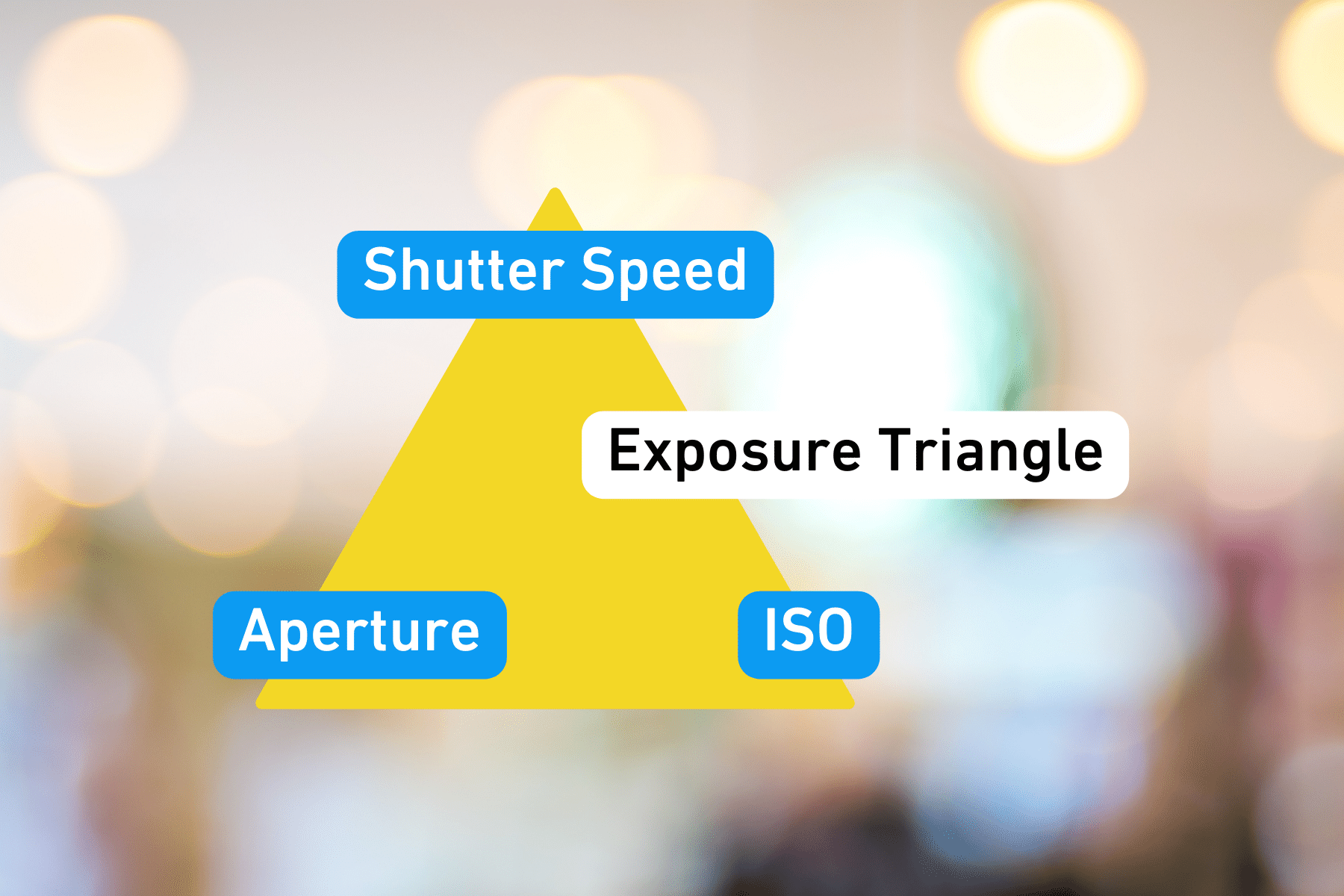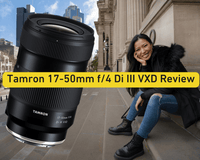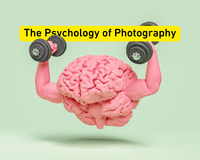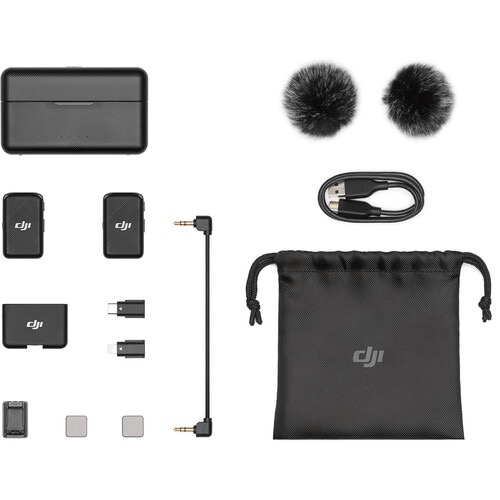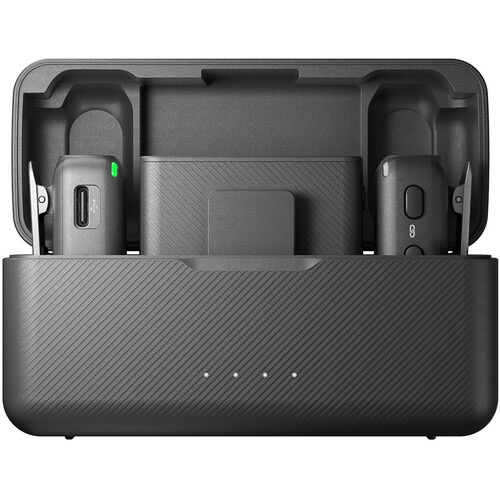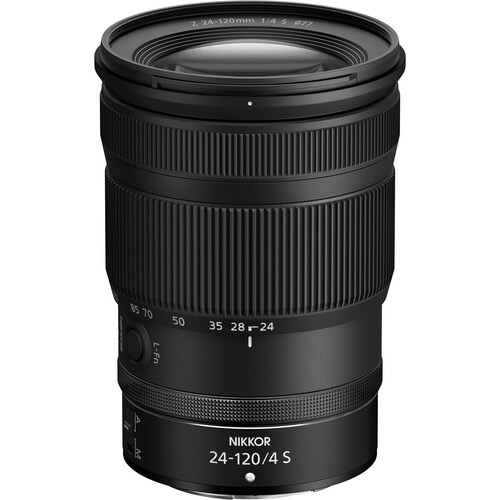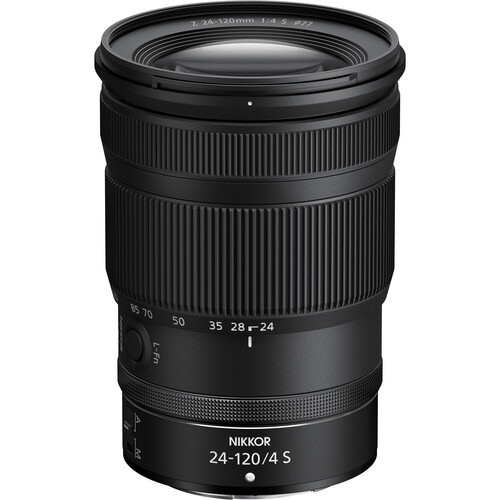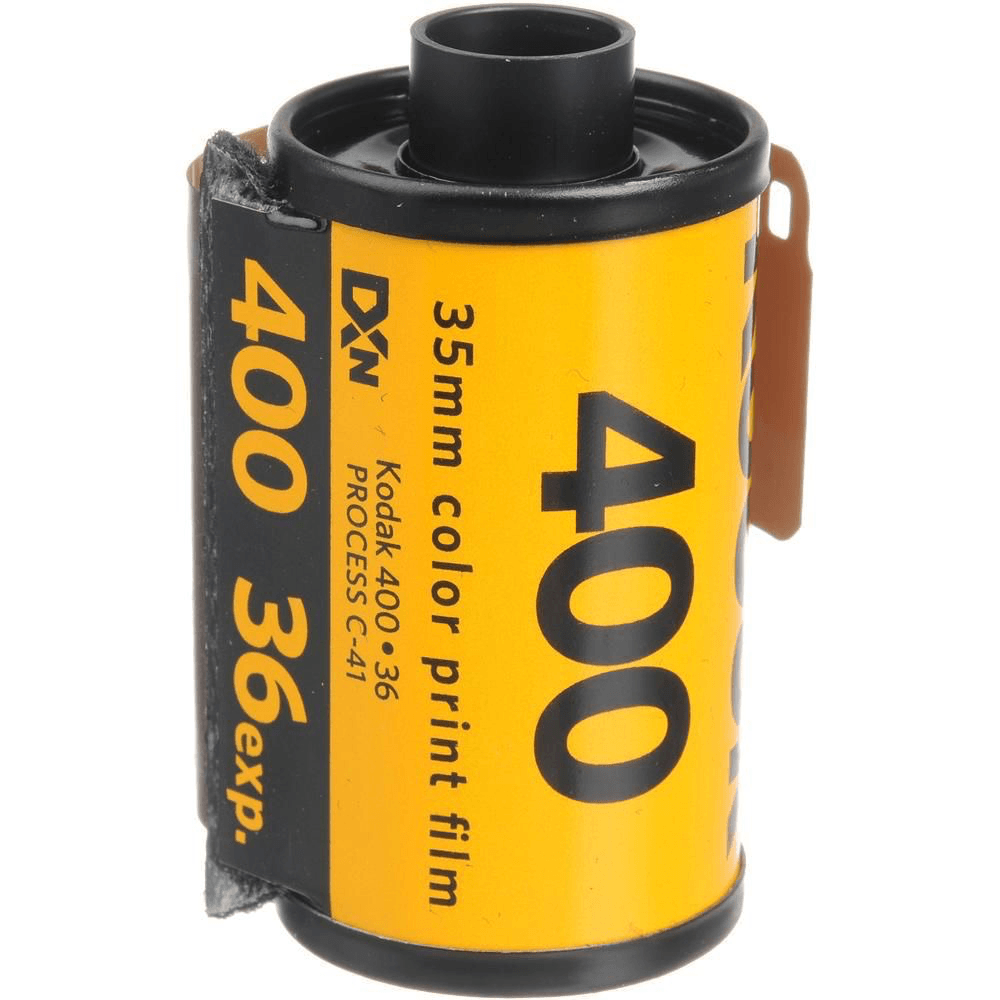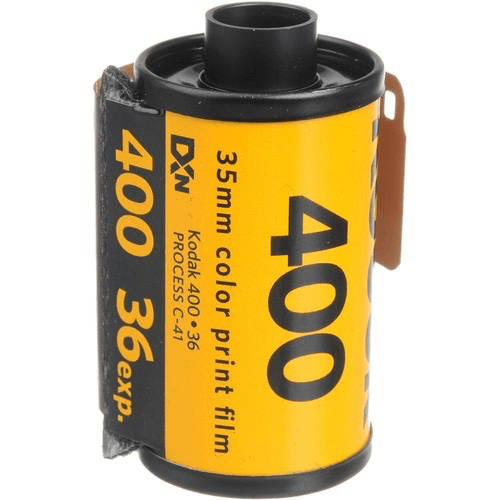Light serves as the fundamental factor behind every image documented in both the realms of photography and cinematography. The intricate process of how a camera captures light is governed by a trio of variables that collectively constitute what is referred to as the exposure triangle.
The exposure triangle comprises three variables that intricately modulate how a camera captures light: aperture, shutter speed, and ISO. Collectively, these three components harmoniously orchestrate the appropriate exposure of an image.
Let's delve into the exposure triangle's composition, significance, and how each of its three components can be harnessed to seize a captivating image. Additionally, we will examine an exposure triangle chart, a valuable reference aiding the realization of envisioned images.
First and foremost, let's elucidate the concept of the exposure triangle. Although the term "exposure triangle" appears singular, it is, in fact, a composite construct encompassing three distinct elements. Mastery of the exposure triangle mandates a comprehensive comprehension of the operational mechanics of each variable.
Without further delay, let's define the exposure triangle.
Definition of the Exposure Triangle
What exactly is the exposure triangle? The exposure triangle comprises three variables that intricately modulate how a camera captures light: aperture, shutter speed, and ISO. Collectively, these three components harmoniously orchestrate the appropriate exposure of an image. Notably, these exposure triangle variables are interdependent; any alteration of one necessitates corresponding adjustments in the others to maintain optimal exposure. This photographic trifecta is also called the photography or camera triangle.
The primary constituents of the camera triangle, namely aperture, shutter speed, and ISO, serve as the vanguards of exposure control. However, it's essential to recognize that each variable extends its influence beyond mere exposure, affecting various facets of image composition. Notably, the depth of field, motion blur, and noise all trace their origins to the intricate interplay within the exposure triangle.
Deconstructing the Exposure Triangle

Aperture
To gain a deeper grasp of the exposure triangle, let's meticulously explore each variable, commencing with aperture. The term "aperture" translates to an "opening" or a "hole." In the context of a camera lens, the aperture is the orifice that regulates the quantum of light permitted to traverse onto the film or sensor.
Upon actuating the camera's shutter button, the aperture dilates to a pre-established width, enabling a designated measure of light to infiltrate. In tandem with ISO and shutter speed, the aperture collaboratively orchestrates exposure control.

A camera lens's aperture diameter is denoted in f-stops, expressed numerically as f/ 1.4, 2, 2.8, 4, 5.6, 8, 11, and 16. Smaller aperture, such as f/16, admit reduced light, whereas larger apertures, like f/1.4, facilitate greater light intake.
The essence of the aperture extends beyond exposure manipulation; it substantially influences the depth of field. Lesser apertures, exemplified by f/16, yield an extensive depth of field, accommodating greater visual focus. In contrast, larger apertures, like f/1.4, produce a shallower depth of field, engendering the coveted blurred background effect.
Related article: Shallow Depth of Field: A Guide to Better Storytelling
While the aperture undeniably ranks among the pivotal variables of exposure triangle photography, its efficacy is inherently intertwined with our subsequent variable—shutter speed.
Related article: What is Aperture and How to Use It?
Shutter Speed
Following the aperture's orchestration, the camera's aperture widens. The camera's shutter speed regulates the duration for which this aperture remains agape. Shutter speed dictates the temporal interval during which the camera's sensor is subjected to incident light.

Expressed in fractions of a second, shutter speed exemplifies its potency. For instance, a shutter speed of 1/60 entails that the shutter remains unsealed for one-sixtieth of a second. Prolonged shutter speeds usher in more light, while abbreviated durations permit less light. In this context, the interplay of shutter speed with other elements within the exposure triangle merits attention. Shutter speed's impact extends beyond exposure manipulation, engendering motion blur.
Adjusting shutter speed under limited luminance is tempting to augment light infiltration. Yet, this practice introduces heightened susceptibility to motion blur, especially when subjects are in motion or the camera is mobile.
Conversely, rapid shutter speeds, such as 1/1000, yield crisp visuals while constricting light admission, rendering them suboptimal for dimly illuminated settings. This phenomenon is equally applicable in videography. Swift shutter speeds endow images with an unequivocal sharpness, albeit at the cost of a somewhat jarring and unnatural appearance to the human eye. Protracted shutter speeds, on the other hand, yield motion blur and augment the prospect of blurred imagery.
In cinematography, the synergy between shutter speeds and concepts like shutter angles and the 180-degree rule contributes to cultivating cinematic aesthetics. Shutter angles elucidate the correlation between frame rate and shutter speed, emulating the passage of light through an angled aperture over a single revolution.
Expansive angles correspond with amplified light ingress and augmented motion blur—a technique often employed for artistic effect. Despite the absence of rotary shutters in modern digital cameras, shutter angles remain instrumental in describing motion blur's interplay with frame rate. Chief among these angles is the 180-degree shutter rule, prescribing that for an authentic motion blur semblance, double the frame rate to derive an appropriate shutter speed, synonymous with cinematic visual standards.
Related article: What is Shutter Speed in Photography

ISO
Upon traversing the aperture for a duration regulated by the shutter speed, the light eventually alights on the digital camera's sensor. ISO, the subsequent variable, pertains to the sensor's light sensitivity. In the analog realm of film cameras, ISO corresponds to a film stock's light sensitivity. However, in contemporary mirrorless cameras, the sensor's ISO can be dynamically adjusted, tailored to the available illumination in a given scene.

ISO is quantified in numerical values—50, 100, 200, 400, 800, 1600, 3200, etc. Lower ISO values, like 50, reduce sensor sensitivity to light, while elevated ISO values, such as 1600, enhance sensitivity. The interplay of ISO and exposure merits elucidation. While elevating ISO might seem enticing under limited lighting conditions, the practice exacts a toll—image noise.
This noise is characterized by erratic fluctuations in color data, imparting a textured and unpolished appearance when accumulated. Interestingly, within filmmaking, select cinematographers have ventured into leveraging minimal image noise to emulate the evocative texture of film grain.
Related article: What is ISO in Photography - When do I Use it?
Having unraveled the intricacies of each exposure triangle element, the question arises: What practical purpose does the exposure triangle serve? In succinct terms, the exposure triangle equips photographers and filmmakers to precisely expose an image.
Nevertheless, the nuanced execution of optimal exposure varies depending upon the unique context of each photographic endeavor. A deeper exploration into common scenarios will unveil how skillful manipulation of the three exposure triangle components yields superlative shots.
Related article: What is Metering in Photography?
Related article: UV Filters: What Do UV Filters Actually Do?
Related article: What is Saturation in Photography?
Related article: What is Value in Photography?
Related article: What is Emphasis in Photography?

